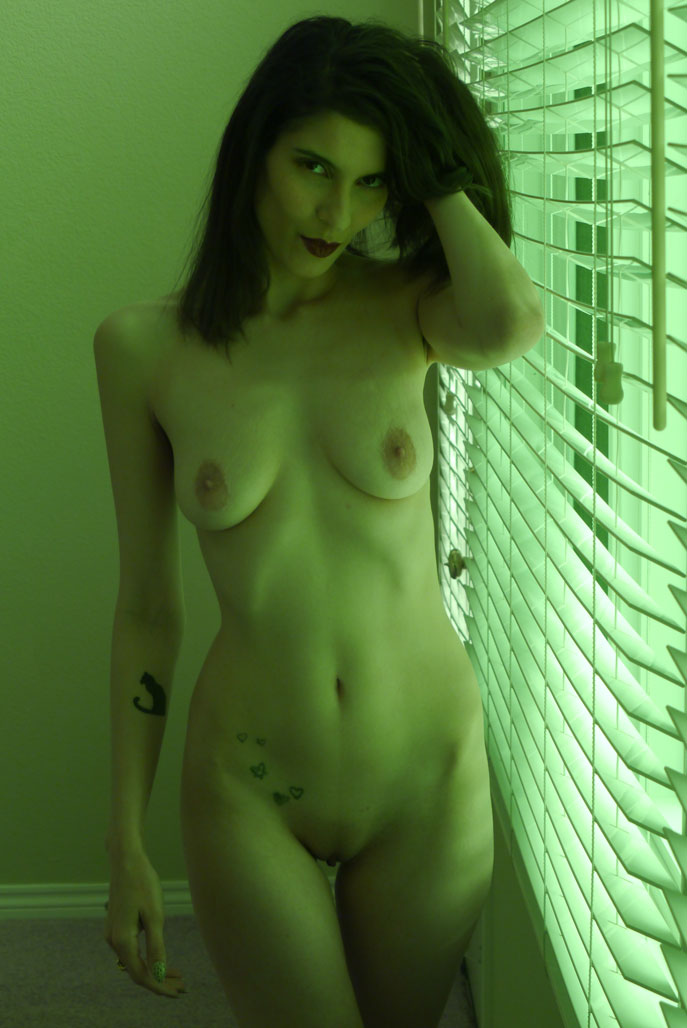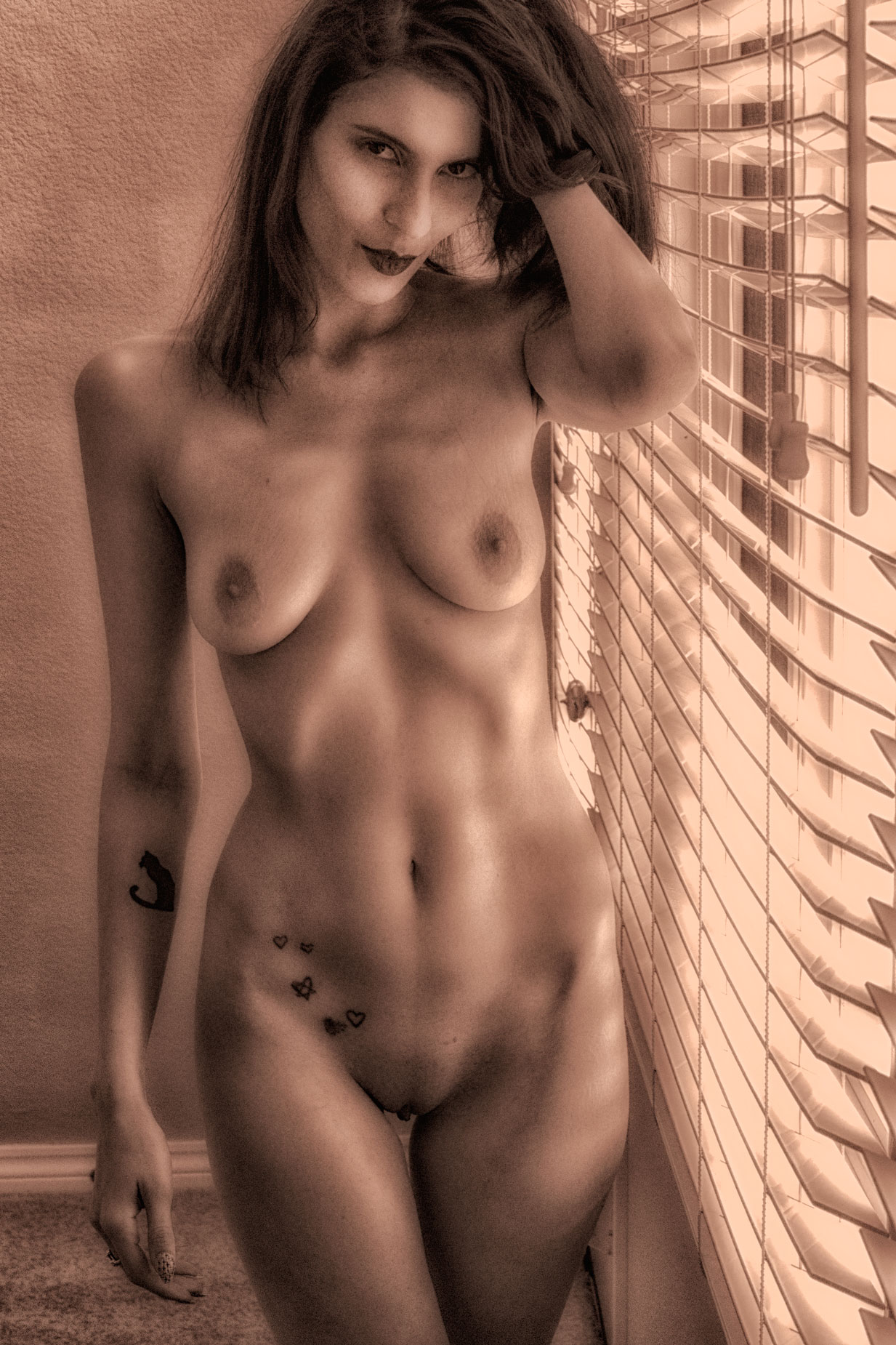Today’s Post by Blue Moon Staff
 I think there really are no “official” subjects for digital IR photography.
I think there really are no “official” subjects for digital IR photography.
My initial hesitancy to make infrared portraits was because along with some of my IR-shooting friends and I had been told by “experts” that we shouldn’t photograph people using infrared techniques. But they are wrong.
This still appears to be a widely held opinion. One of my infrared images of my former muse that were submitted then were rejected by an editor of magazine aimed at professional photographers because she thought the subject “looked like a vampire.” It’s a different look, one that some may like, while others may not. In fact one of her imaged was cut by the publisher from one of my glamour photography books because the editor didn’t like the look.
Here are a three reasons why having a monochrome or infrared option may be a good idea for some boudoir and glamour portraits:
 Aesthetics: Sometimes color confuses the viewer distracting focus from the true subject of the portrait.
Aesthetics: Sometimes color confuses the viewer distracting focus from the true subject of the portrait.- Workflow: If you want to make prints on-site or at a local discount store, capturing the file directly in black and white saves time. But there are also many ways to use software and Photoshop plug-ins to produce great looking black and white images from color files and I even wrote a book on this subject called Digital Monochrome Special Effects.
- Feedback: Perhaps the best reason to shoot in monochrome is the feedback you and the subject get by looking at a black and white image on the LCD screen. It shows your subject what you’re trying to accomplish and you don’t have to explain how you’ll convert the shot into monochrome later; it’s already there in black and white!
How I made this shot
I photographed the indescribably beautiful Erin Valakari near the foyer in my home using available light from the two windows in the living room and two small North-facing window in front of her. The camera used was a Panasonic Lumix G6 with Life Pixels’ Enhanced Color IR conversion (665nm) filter. The lens used was an Olympus M.Zuiko 45mm f/1.8; my next-to-favorite portrait lens for the Micro Four-thirds format. My favorite is Panasonic‘s Leica DG Macro-Elmarit 45mm f/2.8 ASPH. MEGA OIS lens but I did not own that lens when I made this image. I do now. But I might have still used the Olympus lens because it’s faster. That’s because the exposure for this particular image was 1/250 sec—there’s no IBIS in the G6—at f/2.2 and ISO 640.
The as captured infrared image (above right) was converted to monochrome using the “Action 1” Photoshop Action that was available for a time through additonal instruction that Life Pixel offered at the time of my conversion. I don’t know if it is still being offered. That was enhanced with Vivenza along with some judicious burning and dodging from PhotoKit that, all together, combine to give the photograph a kind of pre-code Hollywood 1930’s vibe to produce the final image you see here.
